Tsagadai | The Time Cage
The Tsagadai ("Time cage"), also known as Ervolgrin-Andsu ("Prison of the grey volgrin"), is a mountain range in the west of Asura, separating the Szarvas from the west coast. It has some of the highest peaks in Ereya, though not the highest, which is located at the Spine. Peaks as high as 6,000 m include Mount Fehmin, Mount Gök and Mount Hazal. It is the location of the last 'living' specimen of the volgrin and is an important place of worship for the Kadriyen.
by Luca Bravo
Kaj-tsug lake, a Kadriyen holy site
Naming
The name of the mountain range is from the Beyzan tsag ("trap", "cage") and a'dai ("of time"). It is commonly used in the cities of the west coast, Isord and the Heartlands. Ervolgrin-Andsu also has roots in Beyzan from eren, meaning 'smoky' or (in this context) 'grey', and andsu, meaning 'container' or 'prison'. Combined with volgrin, the mountains' name means 'Prison of the grey volgrin,' referring to the temporal suspension field located in the Greater Peaks. This is the name used in the Asuran mainland.Geography
The Ervolgrin-Andsu is over 3,700 km in length, spanning from the northeast to the southwest in an arc curving towards the coast bordering the Nariin Sea. It consists of three parallel mountain ranges: Ayse Hills in the north-west, the Greater Peaks in the central range and the Lesser Peaks in the south. The Gorge of Marzha splits through Mount Fehmin and Mount Marzha and is used as a passageway between the cities of the west coast and the herders of the Szarvas. Many major rivers in Asura originate in the peaks of the Tsagadai, including the Gol river, which flows southwards, cutting across the Great Kov towards the Spine. The Mara flows from the Ayse Hills and drains in the Nariin sea, feeding the city of Erdene. Occasionally, earthquakes occur in the surrounding areas, causing avalanches and landslides.
Rivers originating from the Ervolgrin-Andsu:
- Gol
- Mara
- Oyuunzhimeg
- Ceyai
- Tanzorig
by Jo Jo
The Gol river valley in the Lesser Peaks
Ecosystem Cycles
The climate of the Tsagadai has a wide range depending on the elevation and location. For example, the north and north-west sides of the mountains are dominated by monsoons and tropical cyclones, causing seasonal flooding. The area undergoes five seasons: spring, summer, monsoon, autumn and winter.
The Tsagadai has a significant impact on the climate of the surrounding areas. The north side is much warmer than the south as the time barrier blocks out the cold and dry winds from travelling northwards. On the other hand, the barrier blocks humid, tropical wind from crossing over to the south, producing a cold desert climate that is characteristic of the Szarvas plateau on the east side. Winters are cold, especially in high terrain, and precipitation occurs in the form of snow and hail. However, the temperatures are considerably more temperate than that at the Spine.
Winter in the Tsagadai can be treacherously calm
Localized Phenomena
The Ervolgrin-Andsu is famous for the temporal suspension field located on a 1,380 m mountain ridge in the Greater Peaks and what is trapped within it. It is the world's only temporal suspension field that is permanent insofar as centuries of observation can confirm, and the largest field, with a radius of 580 m extending from the centre of the spherical field. The field encompasses an ancient Erdus citadel and, towering above, a volgrin. All observation was made outside of the field as nothing can penetrate the 'barrier,' which is the particles of the air stuck in place, as is everything else within the field. The citizens appear to be in extreme distress and attempting to escape by running out of the city, while others had thrown themselves over the edge of the mountainside. Some were caught at the edge of the suspension field when it was formed and the limbs extending through the barrier of the field have rotted away leaving clean bone or snapped cleanly off, revealing healthy marrow and living tissue. The volgrin is in a striking position, its wings poised over a building. It is a young adult male with a length of 220 m, an estimated wingspan of 300 m. Two of its three pairs of wings appeared to have been torn out. Documents dating back 2,500 years ago mention the field but indicates that even then it was considered ancient. It has not been determined whether the field is caused by natural reorientation or the result of affinity, whether by humans or the volgrin itself.
Lightstorms frequently occur on the mountain peaks, and less often at lower altitudes. They interact with the boundary to the temporal suspension field with bursts of visible light and occasionally UV and other high-frequency waves, making it dangerous to approach the area without proper protection. This light phenomenon does not seem to affect the field in any way.
Fauna & Flora
On the south and southeast side of the mountains, vegetation is sparse and small, similar to plants in the southern tundra. Oak and pines trees grow on the Ayse Hills and parts of the Lesser peaks.
Plant species found on the Ervolgrin-Andsu:
- Apple
- Bamboo
- Ironwood
- Horse chestnuts
- Alder
- Juniper
by Red Dot
Horse chestnuts is a common part of diet, roasted over fire before eaten
Animal species:
- Black bears
- Qirins
- Leopards
- Monkeys
- Water shrew
- Goat antelope
- Deer
- Pandas
- Yaks
- Brown bears
- Magpies
- Thrushes
- Snow partridge
- Vultures
A happy yak
Natural Resources
The wide variety of plants provide a source of medicine for people living in the area, the west coast and the Szarvas. Treatments are available for ailments from the most minor headache to ambience corrosion (whether it works, on the other hand, is questionable). Herbs and plants provide a significant source of income and are sold as far as the Isordi mainland.
History
Raykor
The ruins of Raykor ("sun-piercer") are located in the Lesser Peaks. Formerly the mighty stronghold of House Sturm, it was torn down during the siege of Raykor. The land was never claimed as it is believed to be cursed by natives. The stones of the fort lie where they had been left decades ago, eroding under rain and wind. The ruins are accessible by a mountain pass leading to the foot of the mountains, though smaller passages and tunnels lead to the west coast. Most of the said tunnels have collapsed, causing minor landslides. The surviving passages are used by smugglers to transport illegally harvested iridium from the Szarvasto the west coast cities where it would be loaded on cargo and passenger ships heading to the Heartlands and Isord. The Zovharkanhui, and in particular House Vauquelin who exercise sovereignty over the Szarvas, do not take kindly to thieves they catch and have what remained of their bodies strung in the surrounding villages and cities as examples.The fort of Raykor prior to its destruction
One of the tunnels leading to the ruins, discovered by the Zovharkanhui during an investigation
The Temporal Suspension Field
Little is known about the origins of the field. Local myths claim that it was created by a shaper of the mysteries, though how a single individual would be capable of such a feat is a mystery. Most likely it was a group of people working in coordination, but the scale of the field would require at least 98 shapers of the mysteries, twice the number of shapers who actually existed over the past century and only five of those were able to manipulate time in some manner. Another theory is that the field was formed by the volgrin. Since we know so little of their reorientation capabilities, it is possible that an individual can cause such a drastic change. If so, one must ask why the volgrin would trap itself in time just as it is about to attack. Perhaps another volgrin created the field, and yet by the time of the Indus tribe's ascent to the Ervolgrin-Andsu, only two other volgrins are accounted for, both of which spent the entirety of their lives in Isord.Tourism
Though not technically a "tourist," pilgrims and Kadriyen monks often traverse up the Ervolgrin-Andsu to the various holy sites and monasteries in the area. The area within the temporal suspension field is considered such a holy site, and the surrounding mountainside is littered with offerings, flags, incense and other items of worship.
Many palaeontologists and archaeologists are drawn by the perfectly preserved volgrin specimen and Erdus city respectively, having set up field bases on the surrounding mountains, in relative safety from the lightstorms and the interactions with the temporal suspension field. Various companies and groups are represented, including our Institute. They coexist well with pilgrims and the monasteries and there has not yet been an incident between these groups, often travelling together, the researchers providing protective equipment against the lightstorms and the pilgrims their knowledge of the routes.
Only a small number of visitors to the Ervolgrin-Andsu, even excluding pilgrims, are tourists. These are adventurers and extreme climate enthusiasts. Though some choose to go trekking and hiking, the main tourist attraction is the temporal suspension field. Local guides may be found in the west coast cities and villages around and on the mountains, though often demand high prices. Like scientific groups, they often travel with pilgrims instead. Many visitors come too close to the field and are severely injured by ambience corrosion from the lightstorm or radioactive poisoning. The lightstorms can be viewed from a safe distance at the Montulga monastery. All monasteries offer shelter to visitors, tourists, pilgrims or scientists alike.
Atto, a village located in Ayse Hills
Remove these ads. Join the Worldbuilders Guild



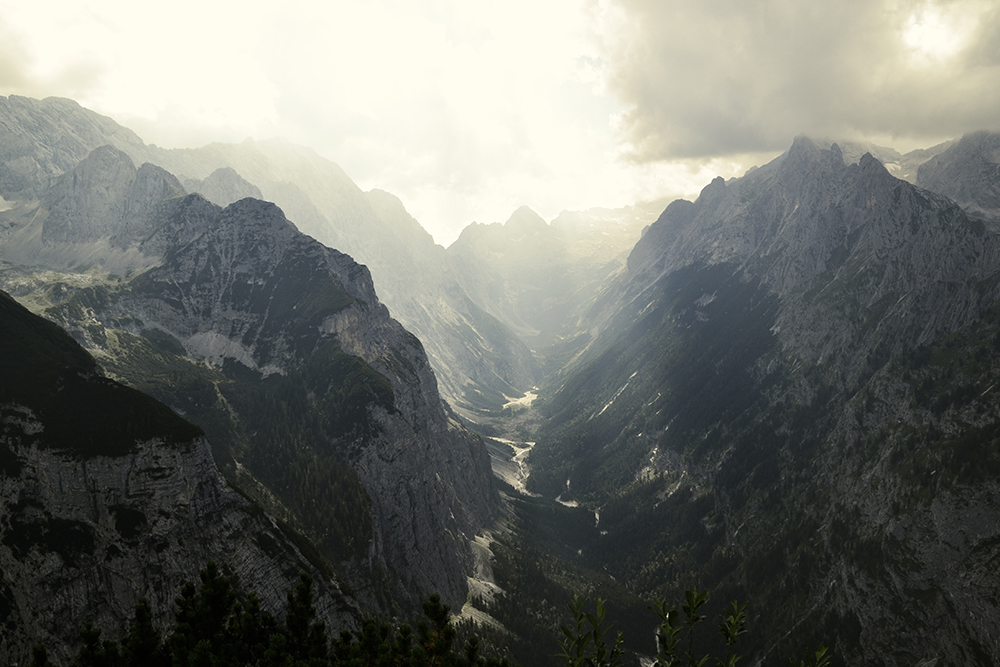
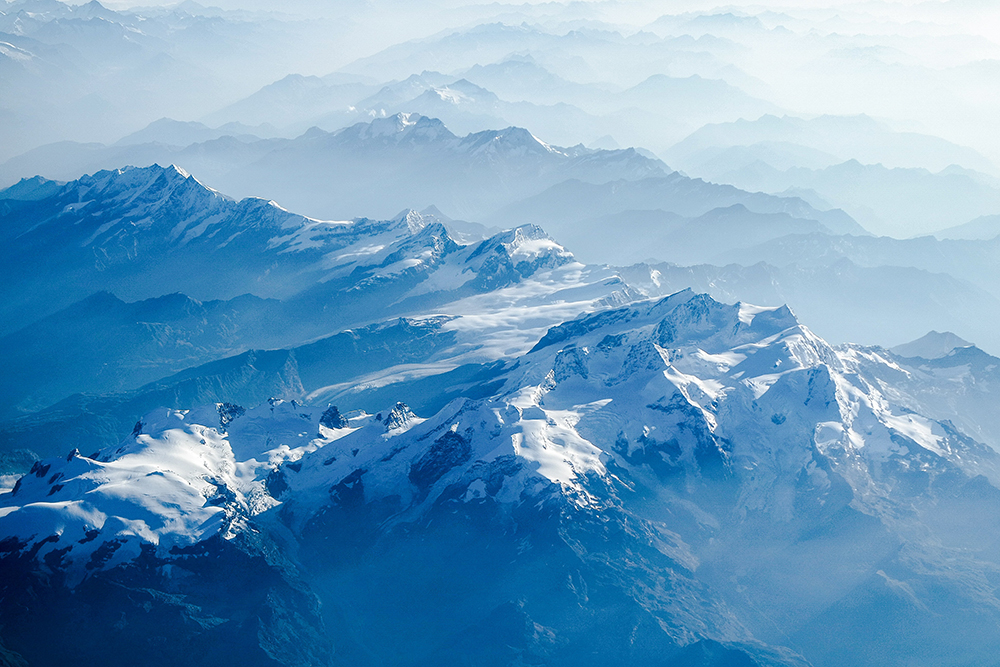
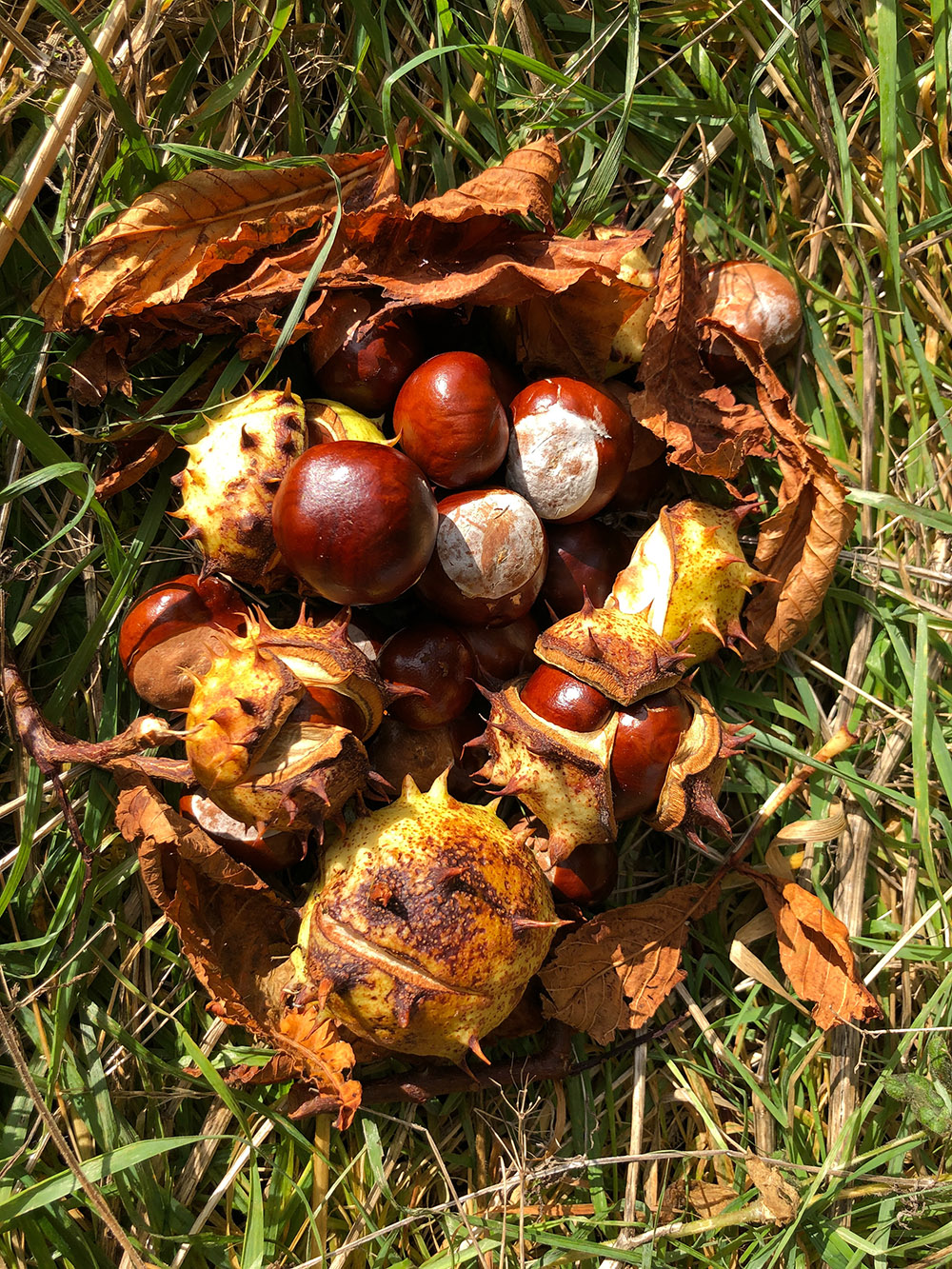

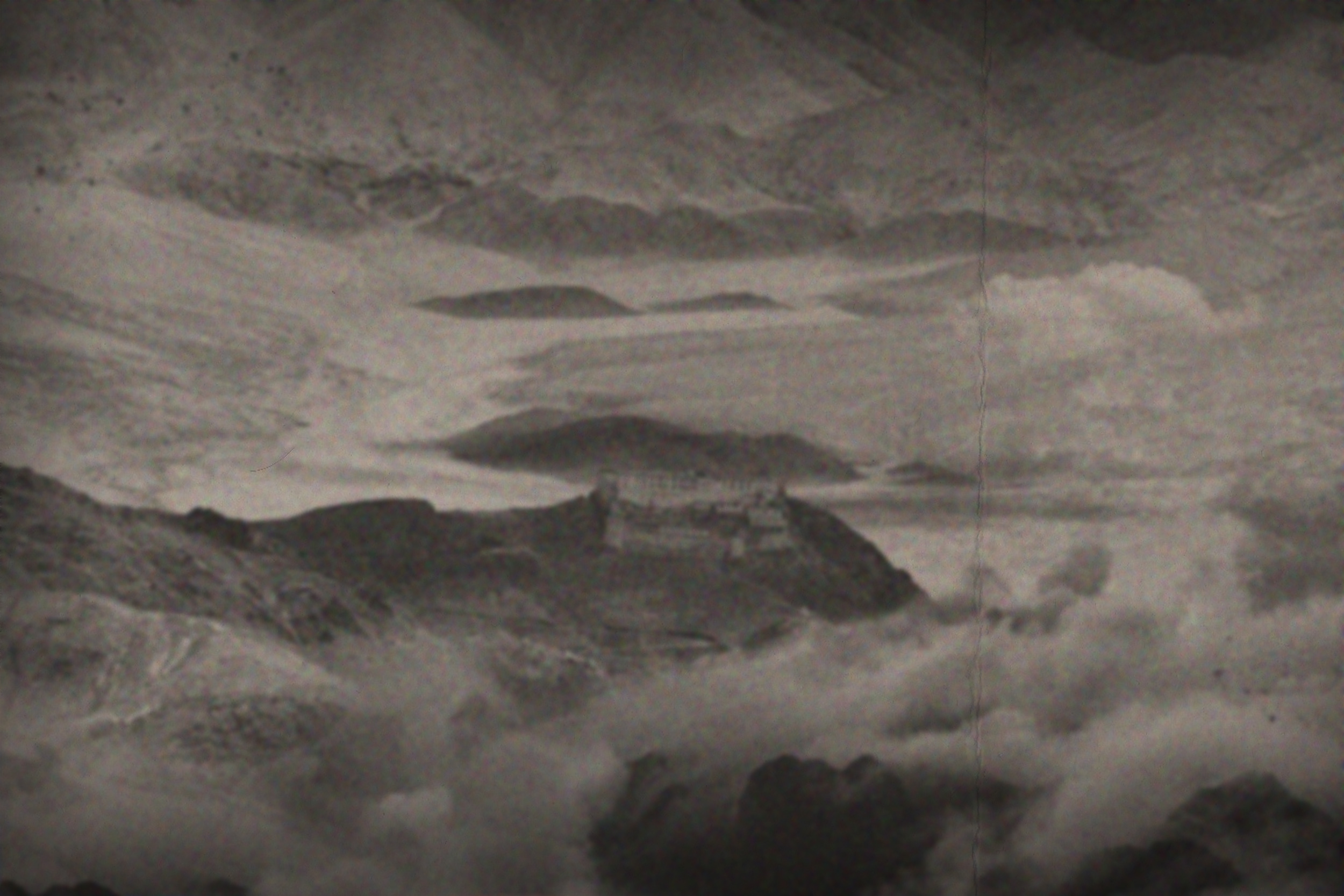
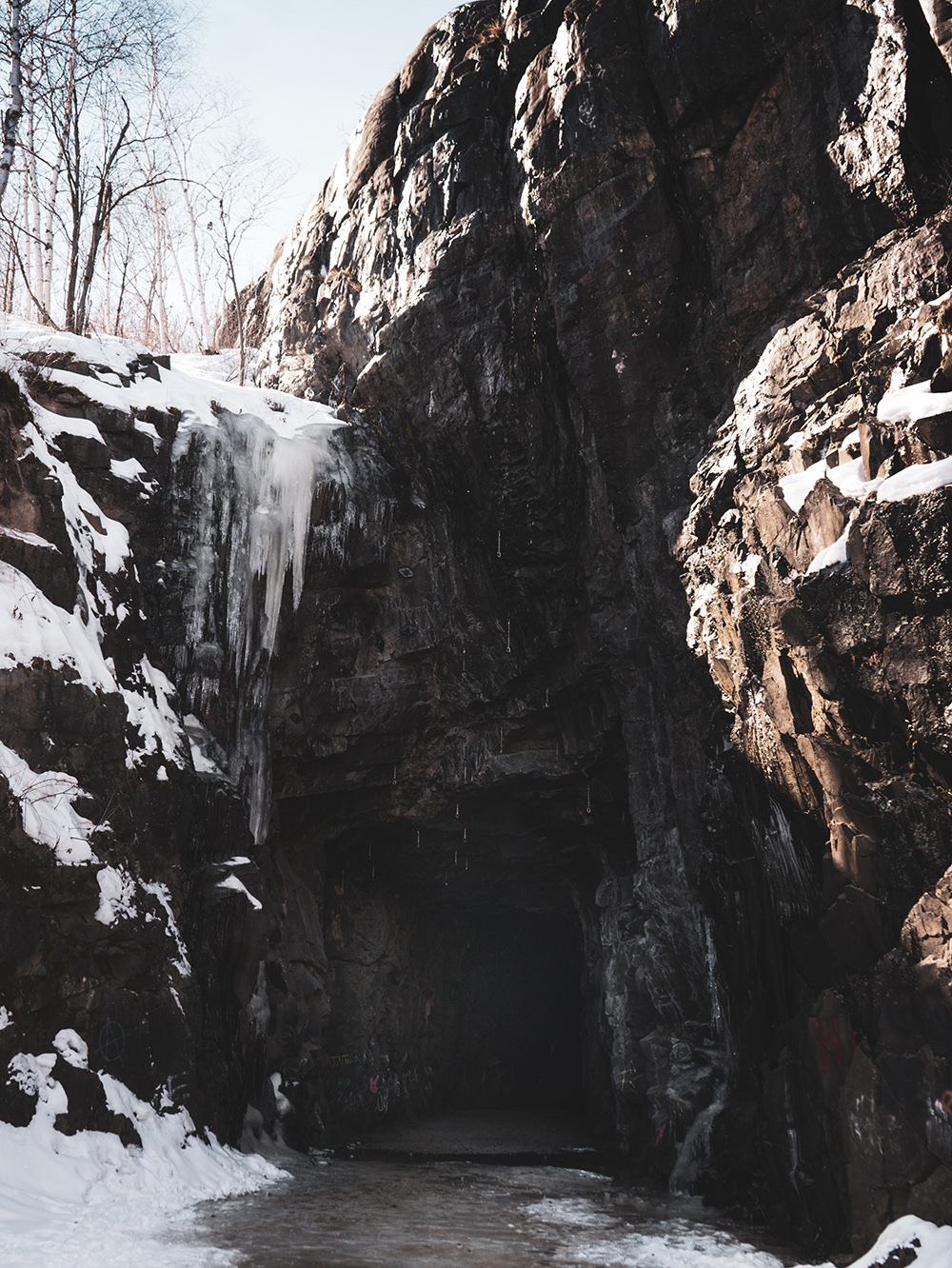
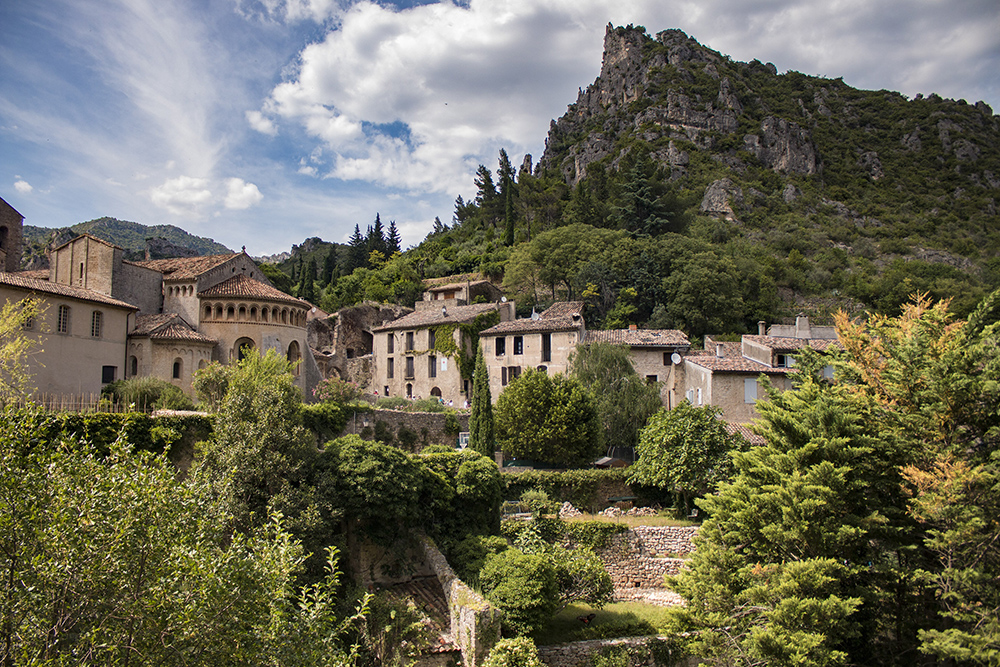








Comments